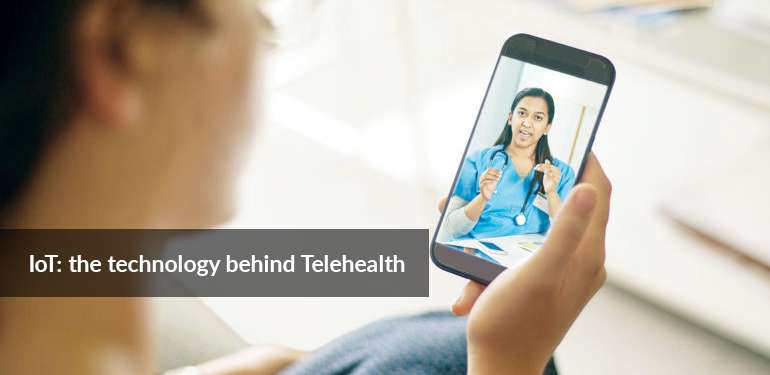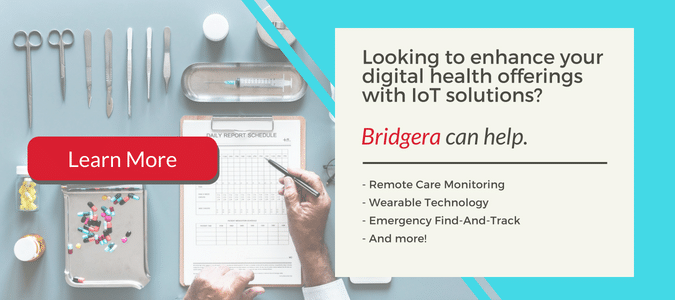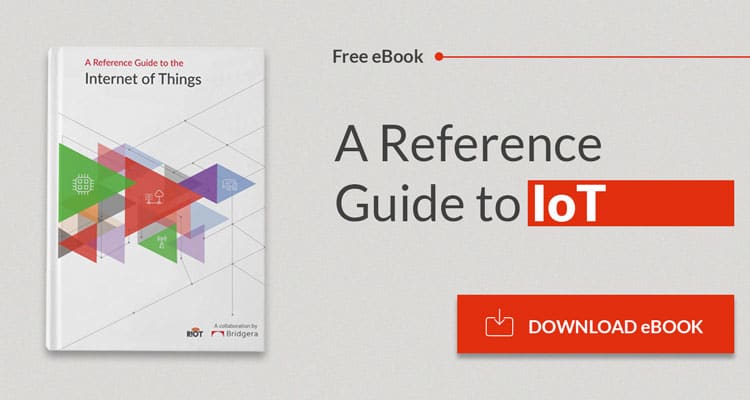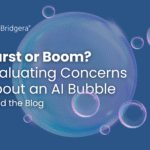The world population is growing older – thanks to longer life expectancy resulting from improved medical care around the world*. However, this places a different kind of strain on the medical providers and facilities, as older populations are more vulnerable and age-related illnesses are typically chronic. Add to this, the fact that people are travelling in large numbers around the world makes it easy to spread infections. COVID-19 has clearly shown that the capacity of healthcare systems is just not adequate to take care of a large number of patients.
Telehealth, the use of technology to virtually connect patients with remote doctors is clearly an effective solution to reducing the number of patients that need to show up at hospitals and clinics for in-patient / out-patient treatments. It offers round the clock doctor consultation on-demand. With Telehealth, there is a doctor waiting to see you should you have the need! And it is now a meaningful option largely due to the adoption of Internet of Things (IoT) backed solutions.
What IoT does is that it combines video conferencing with notifications (alerts, reminders), electronic medical history, current medications and readings of patient vitals, to help diagnose and prescribe the right treatment. Online scheduling can connect you to one or more available doctors, who can look up all relevant information instantaneously to provide the right treatment. IoT is taking this a step further by provisioning AI and Analytics tools that can provide insights using computer vision and image analysis to assist caregivers. Connected healthcare solutions for remote patient monitoring and chronic care management are rapidly gaining acceptance and relevance and are being recognized and supported by Insurance companies too.
At Bridgera, we have developed an IoT framework to help implement custom Telehealth solutions. For instance, a diabetic patient can use a glucose monitor that pairs to a smartphone and take readings like normal. The patient does not have to contact the doctor or even remember it for their next visit, it just gets uploaded to the physician’s EHR (Electronic Health Record) platform and it appears as a notification on the patient’s profile as a highlight to discuss during their next virtual visit.
Increased availability of digital health monitoring devices will accelerate the current adoption rate of telehealth services. Healthcare providers and patients can depend on an IoT platform like Bridgera Monitoring for their telehealth need.
*Ref Links – Aging






